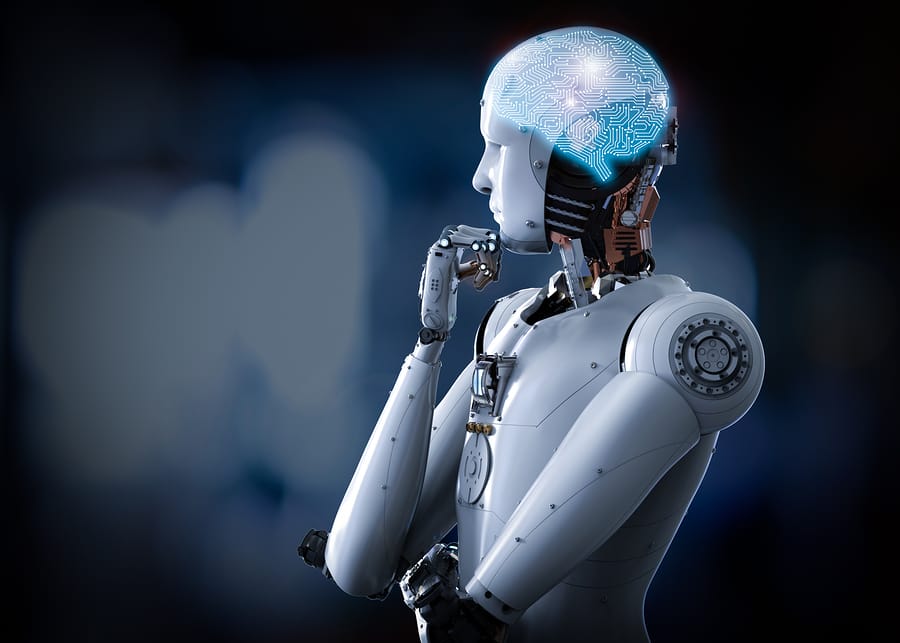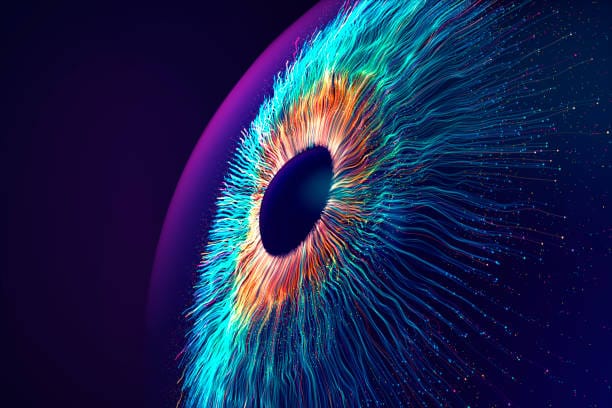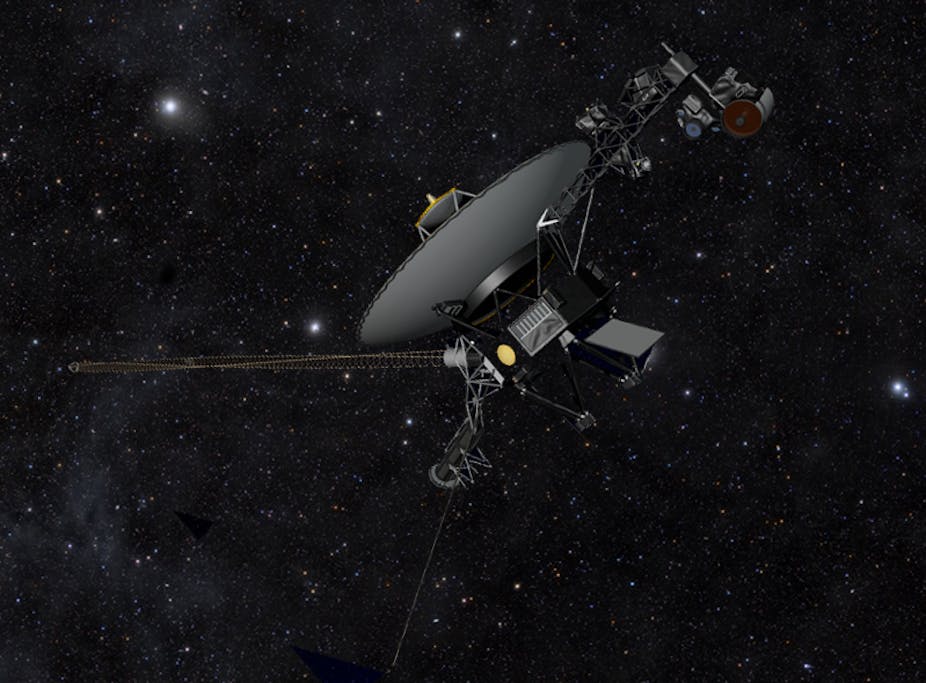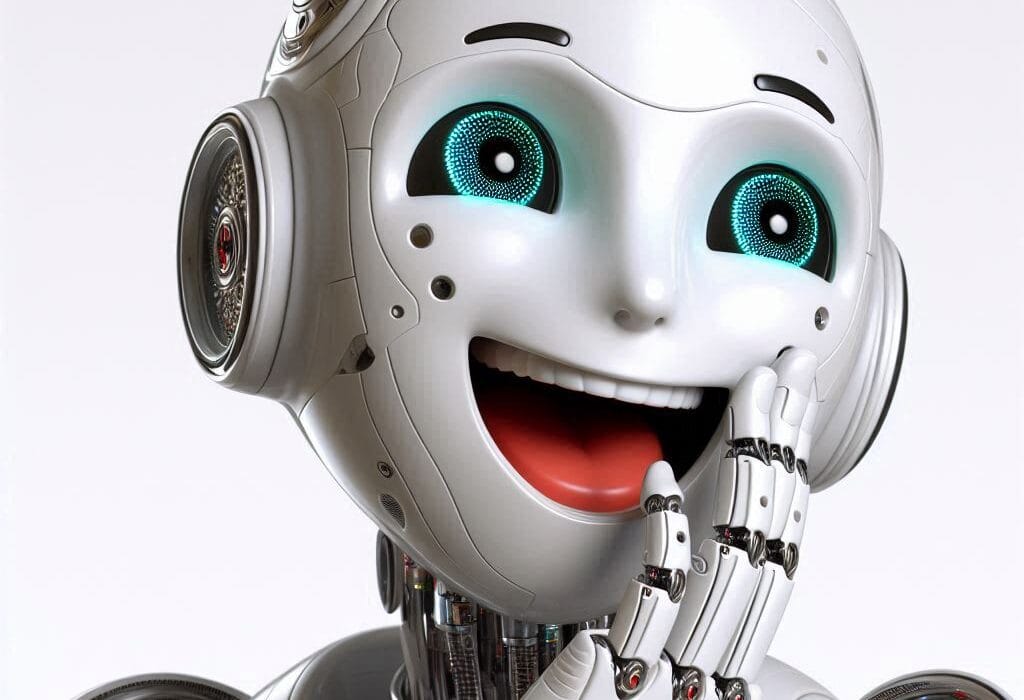Artificial intelligence is no longer a futuristic fantasy—it is the quiet, constant hum beneath our daily lives. It decides which news you read, which products you see, which routes your car takes, and, in some cases, whether a bank approves your loan or a hospital prioritizes your treatment. Its presence is so woven into the fabric of modern life that we often forget to notice it.
But as AI systems grow more powerful, questions about their ethics grow more urgent. The technologies we create do not emerge from the void; they reflect the data, the decisions, and the values of their makers. They can amplify our wisdom—or our prejudices. They can empower individuals—or strip away their privacy. And because AI acts with speed and scale far beyond human capacity, its mistakes can become society’s mistakes at lightning pace.
To navigate this new reality, we must confront three of the most pressing challenges in AI ethics: bias, privacy, and responsibility. These are not abstract puzzles for philosophers alone—they are real-world dilemmas shaping the course of economies, democracies, and personal freedoms.
The Problem of Bias: When Machines Learn Our Flaws
At the heart of every AI system lies data: the billions of words, images, transactions, and interactions that make up our digital lives. Data is the lifeblood of machine learning, the raw material from which patterns are discovered and predictions made. But data also carries the fingerprints of history—our history. And history is not neutral.
When an AI is trained on hiring data from a tech company, it might “learn” that men are more likely to be promoted than women, not because of any inherent ability, but because past hiring managers were biased. When facial recognition systems are trained on predominantly light-skinned faces, they often perform worse on darker-skinned individuals, leading to higher rates of false arrests or wrongful identification.
The danger is not that AI develops prejudice on its own—it is that it mirrors and magnifies the prejudice already present in the world. Bias in AI can come from three major sources: biased data, biased algorithms, and biased interpretation. Even when engineers strive to build fair systems, subtle distortions in training data can lead to skewed outcomes.
One of the most famous examples came in 2018, when researchers found that a healthcare algorithm in the United States systematically underestimated the medical needs of Black patients. The algorithm used past healthcare spending as a proxy for need—but because systemic inequities meant Black patients historically received less care, the AI learned to recommend less care for them in the future.
Bias in AI is a mirror we cannot ignore. It shows us not only flaws in technology but flaws in ourselves. And if left unchecked, these systems can quietly harden old inequalities into new digital laws.
Privacy in the Age of Infinite Memory
In the analog age, forgetting was natural. Paper files faded, memories blurred, and mistakes could be buried under the weight of time. In the age of AI, forgetting is the exception, not the rule. Every photo uploaded, every search query made, every location ping stored—these are pieces of ourselves that, once digitized, can live forever.
AI thrives on this data abundance. Recommendation systems become sharper the more they know about your preferences. Predictive policing models grow more confident with every recorded incident. Personalized assistants like Siri or Alexa learn your habits to anticipate your needs. But in this bargain, privacy becomes the currency, and too often, the terms are hidden in fine print.
The privacy concerns of AI are not just about individual discomfort—they touch on the balance of power in society. When corporations collect massive datasets, they gain not only consumer insight but also political and economic leverage. When governments harness AI-powered surveillance, they gain tools for social control that can chill dissent and erode freedoms.
In China, AI-driven facial recognition is used to monitor public spaces, sometimes coupled with “social credit” scoring systems that reward or punish citizens based on behavior. In other nations, predictive analytics is applied to anticipate crimes before they happen—a concept once confined to science fiction but now embedded in policing strategies.
The European Union’s General Data Protection Regulation (GDPR) introduced the “right to be forgotten,” a legal tool allowing individuals to request deletion of personal data. But in practice, once data is integrated into AI training, truly removing it becomes technically complex. Machine learning models can internalize patterns from the data even after the original records are deleted.
We are entering an era where privacy must be actively defended—not assumed. AI has an infinite memory, and without safeguards, it will remember more about us than we ever intended to reveal.
Responsibility in the Black Box
The more sophisticated AI becomes, the harder it is to understand how it reaches its conclusions. Deep neural networks—vast webs of interconnected layers that “learn” from experience—can have billions of parameters. Their inner workings are often opaque, even to the engineers who built them. This opacity is called the “black box” problem.
When AI systems are used for low-stakes tasks, such as recommending a song or suggesting a recipe, opacity is inconvenient but not catastrophic. But when they are used for high-stakes decisions—like diagnosing diseases, setting bail amounts, or determining eligibility for government aid—the stakes rise dramatically. If the system makes an error, who is responsible? The engineer? The company? The user? Or the AI itself?
In 2018, an autonomous Uber vehicle struck and killed a pedestrian in Arizona. Investigations revealed failures in both the AI’s object recognition and the safety protocols surrounding human oversight. The tragedy sparked a legal and moral debate: when a machine makes a deadly mistake, how do we assign accountability?
Ethicists argue that responsibility must always trace back to human actors. AI is a tool, not a moral agent. It has no consciousness, no intent, and therefore cannot bear moral blame. But as AI systems become more autonomous and less explainable, holding humans accountable becomes more complex—especially when decisions emerge from models that even their creators struggle to interpret.
The push for “explainable AI” (XAI) seeks to bridge this gap, designing models whose reasoning can be understood by humans. The goal is to make AI not only accurate but also transparent, so that when it fails, we can diagnose the cause and correct it. Without such transparency, responsibility risks becoming a game of deflection.
The Human Values Behind the Code
Every AI system carries, explicitly or implicitly, a set of values. These values are encoded in the choice of training data, in the definition of success for the model, and in the trade-offs between accuracy, fairness, and efficiency. Designing ethical AI is not merely about technical fixes—it is about making conscious moral decisions.
Consider autonomous weapons systems. Should a machine be allowed to decide, without human intervention, when to take a life? Some argue that removing human emotion from warfare could reduce atrocities; others warn that it could make killing too easy, stripping away the moral weight of the act. Here, the ethical question is not just “Can we build it?” but “Should we?”
The same applies to medical AI. A cancer detection system might be 99% accurate in lab conditions, but if its errors disproportionately harm underrepresented populations, is it truly ethical to deploy? Sometimes the “best” model in terms of accuracy is not the most ethical choice.
Ultimately, AI ethics is a reflection of societal ethics. If our systems reproduce bias, exploit privacy, and obscure responsibility, it is because we have allowed those values to guide their creation. Building ethical AI requires embedding human values deliberately and revisiting them continually as technology evolves.
The Path Forward: A Shared Responsibility
Navigating AI’s ethical challenges will require cooperation across sectors—technologists, policymakers, academics, and the public must all have a voice. Regulation will play a role, but so will education, cultural norms, and corporate accountability.
Public understanding of AI must grow beyond fear and hype. Fear paints AI as an unstoppable monster; hype paints it as a flawless savior. The truth lies in between: AI is a powerful tool, capable of extraordinary good or harm, depending on how we choose to wield it.
In the coming decades, the most important questions about AI will not be about the limits of its intelligence, but about the boundaries of its use. Who gets to decide how an AI is trained? Who benefits from its predictions? Who bears the costs of its mistakes? These are not just technical questions—they are questions of justice, power, and human dignity.
The ethical dilemmas of AI are not distant threats; they are present realities. Every biased algorithm deployed, every privacy boundary crossed, every decision without accountability shapes the world we will inhabit tomorrow.
If AI is to serve humanity, rather than control it, we must embed ethics into its very architecture—not as an afterthought, but as its foundation. That means choosing transparency over convenience, fairness over speed, and responsibility over profit.
The Future We Choose
AI does not write its own destiny. It reflects ours. We can build systems that reinforce inequality, strip away freedoms, and erode trust—or we can build systems that expand opportunity, protect rights, and uphold human dignity. The path we choose will define not only the future of technology but the future of our species.
The challenge is daunting, but not insurmountable. Like any powerful tool, AI can be shaped, constrained, and directed toward goals we deem worthy. The task before us is to ensure those goals reflect the best of who we are, not the worst.
In the end, AI ethics is not about machines—it is about us. It is about deciding what kind of society we want to live in, and then ensuring that the tools we create are aligned with that vision. Bias can be confronted. Privacy can be protected. Responsibility can be enforced. But only if we act with foresight and courage.
The future of AI ethics will not be decided by algorithms. It will be decided by the values we are willing to stand for, even when it is inconvenient, costly, or difficult. And in that choice lies the power to ensure that, in the age of intelligent machines, humanity remains the author of its own story.






